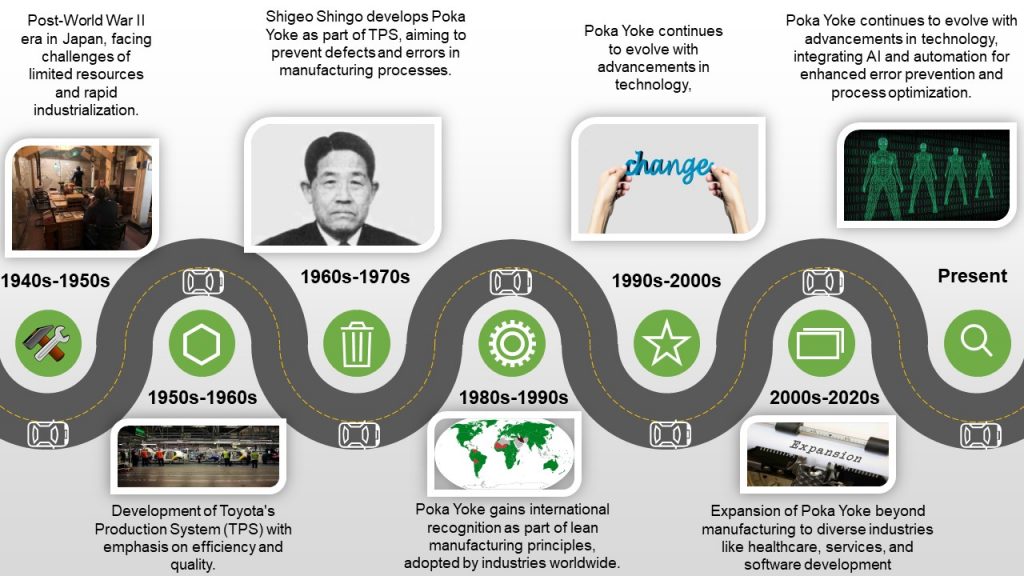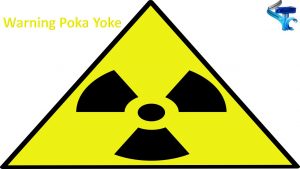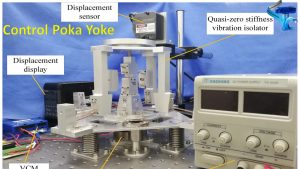In today’s fast-paced corporate landscape, project management stands as a crucial pillar for organizational success. However, even the most meticulously planned projects can encounter hiccups along the way. Enter Poka Yoke, a concept originating from Japan and gaining traction worldwide for its innovative approach to error-proofing processes and as an integral part of Kaizen methodologies.
In this comprehensive guide, we’ll delve into the depths of Poka Yoke, exploring its principles, applications, and how it’s revolutionizing project management in 2024.
History and Evolution of Poka Yoke

The history and evolution of Poka Yoke trace back to Japan, where it originated within the manufacturing industry, particularly associated with Toyota’s renowned Production System (TPS). Developed by Shigeo Shingo, an industrial engineer and Toyota production system thinker, it emerged as a fundamental concept to enhance the efficiency and quality of manufacturing processes.
In the post-World War II era, Japan faced challenges of limited resources and a need for rapid industrialization. This necessitated innovative approaches to manufacturing that focused on maximizing efficiency while minimizing waste. It was within this context that it was born.

Initially, it was primarily employed within Toyota’s manufacturing plants as a means to prevent defects and errors in the production line. The term “Poka Yoke” itself translates to “mistake-proofing” or “error-proofing,” reflecting its core purpose of eliminating mistakes before they occur or detecting them before they result in defects.
As Toyota gained international recognition for its lean manufacturing principles, it garnered attention beyond Japan’s borders. Its effectiveness in reducing errors and enhancing productivity captured the interest of businesses worldwide, leading to its adoption across various industries and sectors beyond manufacturing.
Over time, it evolved from its roots in manufacturing to find applications in diverse fields such as healthcare, service industries, and even software development. The underlying principles of simplicity, prevention, and continuous improvement remained consistent, but the methods of implementation adapted to suit the specific requirements of each industry.
What is Poka Yoke?
Poka Yoke, a term originated from Japan, serves as a critical tool in quality control across various industries. It encompasses mechanisms designed to prevent errors or defects during the manufacturing or service processes. This article delves into the significance, types, examples, and implementation of Poka Yoke, shedding light on its efficacy in ensuring efficiency and customer satisfaction.

This method, often translated as “mistake-proofing” or “error-proofing,” refers to techniques aimed at preventing human errors before they occur. It serves as a cornerstone in quality management systems, emphasizing proactive measures to eliminate defects rather than reactive approaches to rectify them post-production. By integrating these principles, businesses can enhance product quality, minimize waste, and streamline operations.
Benefits of Implementing Poka Yoke
The implementation of Poka Yoke techniques offers a myriad of benefits to organizations:
- Error Reduction: By proactively identifying and eliminating errors at the source, it minimizes the occurrence of defects, thereby enhancing product quality and reliability.
- Cost Savings: It helps organizations avoid the costs associated with rework, scrap, and customer returns, leading to significant cost savings in the long run.
- Enhanced Customer Satisfaction: By delivering defect-free products and services consistently, it contributes to increased customer satisfaction and loyalty, driving business growth and competitiveness.
Types of Poka Yoke
Warning Poka Yoke
It involves providing alerts or signals to operators when deviations from standard procedures occur. These alerts prompt immediate corrective actions, preventing errors from escalating into defects. For instance, visual or auditory alarms in machinery signify malfunctions, prompting operators to intervene promptly.

This type of Poka Yoke relies on sensory stimuli or visual cues to draw attention to potential mistakes, allowing operators to intervene promptly and rectify the issue before it leads to quality problems.
Examples of warning Poka Yoke include auditory alarms, visual indicators, and tactile feedback mechanisms integrated into machinery or equipment to signal abnormalities or deviations from expected conditions.
Control Poka Yoke
It entails mechanisms that physically prevent incorrect actions from being taken. These mechanisms either prevent further processing or prompt corrective actions before proceeding. A common example is the design of connectors or parts to ensure they fit together in only one correct way, minimizing assembly errors.

These mechanisms act as barriers or safeguards to eliminate opportunities for errors and enforce adherence to standardized procedures. Control Poka Yoke devices are designed to either prevent further processing or prompt corrective actions before proceeding, thereby minimizing the risk of defects or quality failures.
Common examples of control Poka Yoke include physical barriers, shape and size constraints, and keying or coding systems that restricts access or operation until specific conditions are met.
Challenges and Limitations
While Poka Yoke presents numerous advantages, its implementation may encounter challenges:
- Initial Investment: Implementing these systems often requires significant upfront investment in technology, training, and process redesign, which may deter some organizations from adopting these practices.
- Resistance to Change: Introducing these initiatives may face resistance from employees accustomed to existing workflows or skeptical of new methodologies. Overcoming this resistance requires effective change management strategies and employee engagement efforts.
How to Implement Poka Yoke
Implementing this effectively requires a structured approach to ensure its successful integration into existing processes. Here are the key steps to implement these techniques:
- Identify Potential Errors: The first step is to thoroughly analyze the existing processes and identify potential sources of errors or defects. This may involve conducting process audits, soliciting feedback from frontline employees, and analyzing historical data on errors or quality issues.
- Design Poka Yoke Mechanisms: Based on the identified sources of errors, design this mechanisms tailored to address specific vulnerabilities. This could involve redesigning equipment, developing error-proofing devices, or implementing visual cues and alerts to guide operators and prevent mistakes.
- Evaluate Feasibility: Assess the feasibility of implementing the proposed these solutions, taking into account factors such as cost, resource availability, and compatibility with existing systems and workflows. Prioritize initiatives based on their potential impact on error prevention and overall process improvement.
- Prototype and Test: Develop prototypes or mock-ups of the Poka Yoke solutions and conduct rigorous testing to evaluate their effectiveness in real-world conditions. Solicit feedback from stakeholders and frontline employees to refine the designs and address any unforeseen challenges or limitations.
- Provide Training and Education: Educate employees at all levels about the importance of this in error prevention and quality improvement. Offer comprehensive training programs to familiarize personnel with the new systems, procedures, and tools, emphasizing their role in ensuring product quality and customer satisfaction.
- Implement the Solutions: Once these mechanisms have been finalized and tested, proceed with their full-scale implementation across the organization. Ensure clear communication of the changes to all relevant stakeholders and provide ongoing support and guidance to facilitate a smooth transition.
- Monitor and Review: Establish robust monitoring and review processes to track the performance of the implemented these solutions over time. Collect data on error rates, defect occurrences, and process efficiencies to measure the impact of the initiatives and identify areas for further improvement.
- Continuous Improvement: Embrace a culture of continuous improvement by encouraging feedback, innovation, and collaboration among employees. Regularly review and refine these systems based on lessons learned, emerging best practices, and evolving business needs to sustain their effectiveness in the long term.
By following these steps and fostering a proactive approach to error prevention, organizations can successfully implement Poka Yoke techniques to enhance quality, efficiency, and customer satisfaction across their operations.
Conclusion
In conclusion, Poka Yoke stands as a powerful tool in quality management, enabling organizations to proactively prevent errors, enhance efficiency, and deliver superior products and services. By embracing Poka Yoke principles and integrating them into their operational processes, companies can minimize defects, reduce waste, and optimize resource utilization.
Moreover, Poka Yoke fosters a culture of continuous improvement and empowers employees to actively contribute to error prevention and process optimization. As businesses strive to maintain competitiveness in today’s dynamic market landscape, the adoption of Poka Yoke emerges as a strategic imperative to uphold quality standards, satisfy customer expectations, and drive sustainable growth.

![The Power of Storytelling in Corporate Training: Igniting Success and Inspiring Growth [2023]](https://trainercentric.com/wp-content/uploads/2023/06/storytelling-1024x576.jpg)

